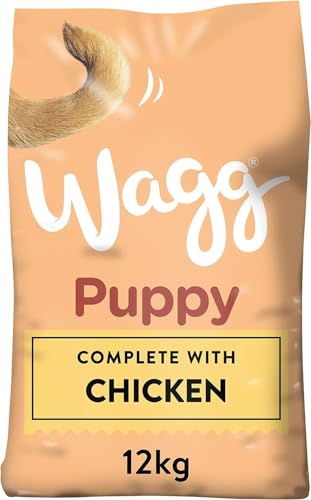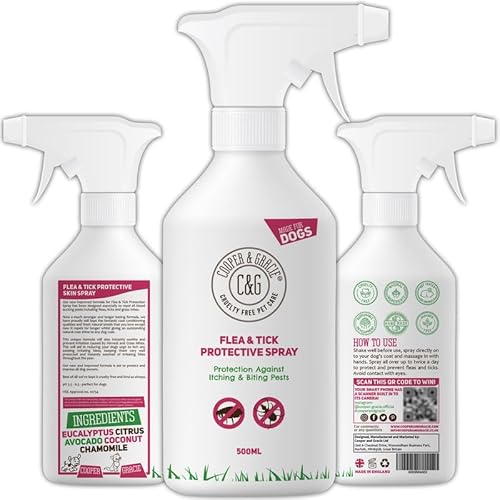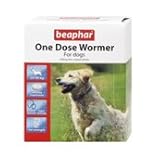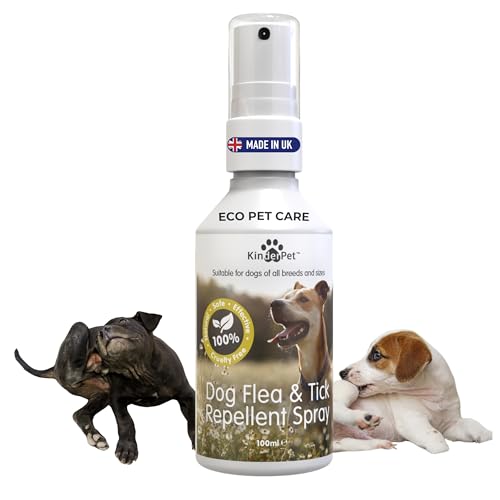Introduction to Puppy Dry Food: What You Need to Know
Understanding Puppy Dry Food
When we think about feeding our new furry friends, puppy dry food often comes to mind as a popular choice among pet owners. It’s convenient, easy to store, and has a longer shelf life compared to wet food. Puppy dry food is specially formulated to cater to the nutritional needs of growing dogs, which means it typically contains higher levels of protein and fats essential for their development. As we embark on the journey of choosing the right food for our puppy, it’s vital to understand the basics of what constitutes puppy dry food and how it can impact our pup’s health.
Key Ingredients in Puppy Dry Food: What to Look For
Nutritional Building Blocks
When choosing puppy dry food, the ingredients listed on the package can give us crucial insights into its quality. We want to ensure that the first ingredient is a named meat source, such as chicken or lamb, as this indicates a solid protein base. Look also for wholesome grains, such as brown rice or oats, which are beneficial for energy. Incorporating healthy fats, like fish oil, is crucial too, as it supports a shiny coat and healthy skin. Additionally, we should look for added vitamins and minerals, such as calcium and phosphorus, which are essential for strong bones.
Choosing the Right Puppy Dry Food Based on Breed and Size
Tailoring Food to Suit Our Puppy’s Needs
The size and breed of our puppy play a significant role in determining the right dry food. Smaller breeds, such as Chihuahuas or Pomeranians, often require a formula with kibble sizes specially designed for their tiny mouths, while larger breeds like Labradors or German Shepherds might need a food that supports joint health. It’s also essential to consider energy levels; active breeds may benefit from food with higher calorie content. When selecting dry food, it’s wise for us to look for options specifically formulated for our puppy’s breed or size to ensure they get the proper nutrition.
Feeding Guidelines: How Much Puppy Dry Food Should We Give?
Understanding Portion Control
Feeding guidelines on puppy dry food packaging can be a great tool for us to determine how much to feed our puppy. Generally, younger puppies and those that are more active need larger portions as they require more energy for growth and play. As a rule of thumb, we can divide their daily food intake into multiple meals, typically three to four times a day. It’s important that we observe our puppy’s body condition and adjust the amount as necessary. A healthy puppy should have a noticeable waist and should not feel bony under our hands. Keeping track of their growth helps us ensure they’re receiving the right amount.
Benefits of Puppy Dry Food: Why It’s a Smart Choice for Your Puppy
The Advantages of Dry Food
Choosing puppy dry food has several benefits that can positively impact our pup’s life. It typically promotes good dental health by helping to reduce tartar buildup while they chew. Dry food is also easier to measure and serve, which aids in maintaining a consistent feeding routine, essential for a puppy’s growth. Additionally, it is often more cost-effective than wet food, allowing us to provide a nutritious diet without breaking the bank. The convenience of dry food means we can easily carry it along for travel, ensuring our puppy’s dietary needs are met wherever we go.





















